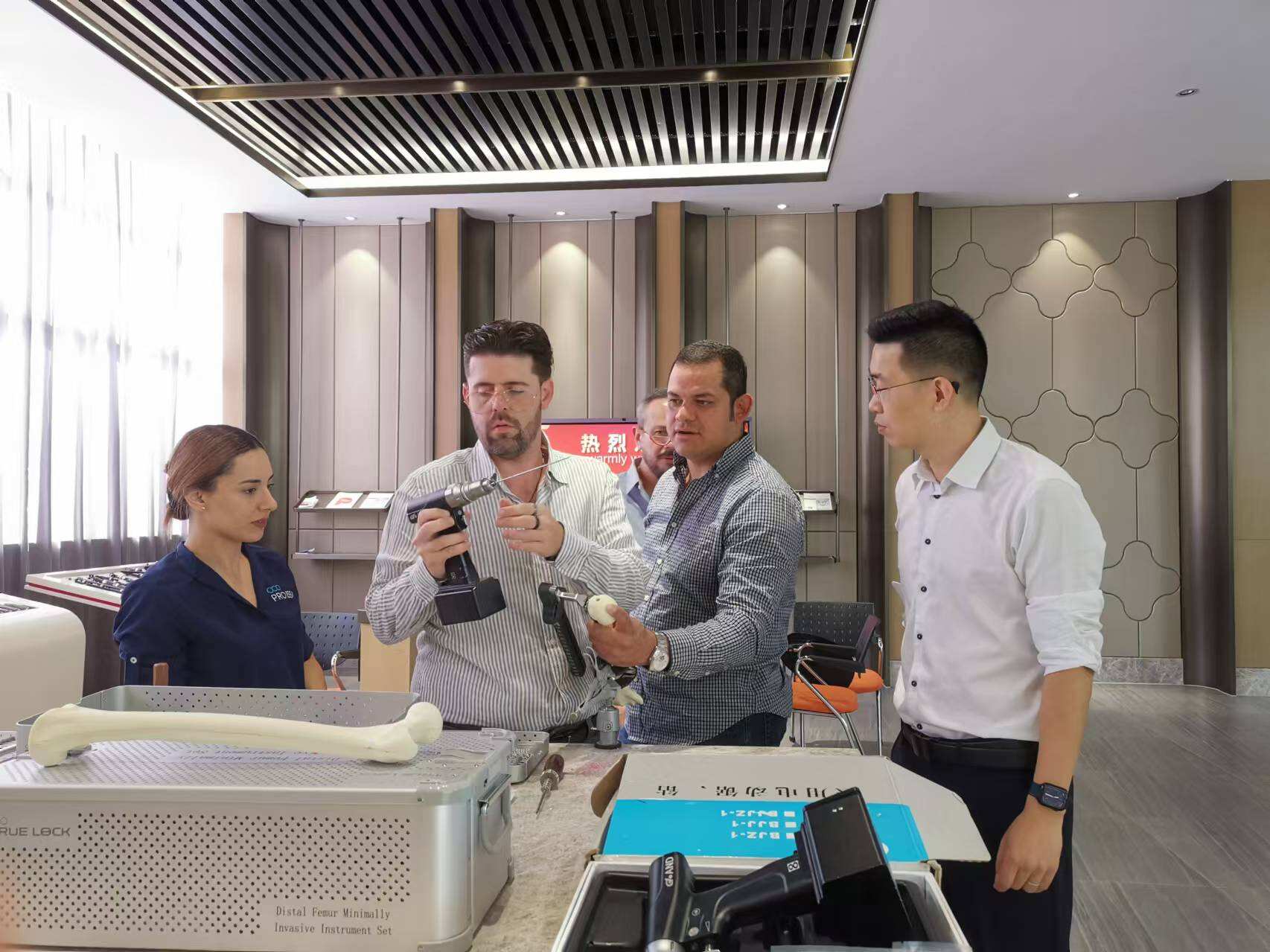Trauma locking plates play a vital role in helping you recover faster after a fracture. These plates stabilize broken bones, allowing them to heal in the correct position. Their design supports early movement, which reduces stiffness and speeds up recovery. Modern recovery protocols rely on these plates to improve outcomes and restore mobility efficiently.
How Trauma Locking Plates Work
Trauma locking plates use a unique locking screw mechanism to secure broken bones. Unlike traditional plates, these screws lock directly into the plate, creating a stable connection. This design prevents the screws from loosening over time. You benefit from this because it reduces the risk of bone misalignment during healing. The locking mechanism also distributes forces evenly across the plate and screws, which minimizes stress on the bone. This stability plays a critical role in ensuring proper healing.
Trauma locking plates are designed to match the natural shape of your bones. This anatomical fit ensures that the plate sits snugly against the bone, providing better support. You’ll notice that this precise fit reduces discomfort and promotes faster recovery. The plates also maintain stability even when you start moving early in your recovery. This feature helps you regain mobility without compromising the healing process.
Dynamic stabilization is another key feature of trauma locking plates. These plates allow controlled movement at the fracture site, which stimulates bone growth. This process, known as "micro-motion," encourages your body to heal faster. By combining stability with flexibility, trauma locking plates help you recover more quickly while maintaining the strength of the repaired bone.
Benefits of Trauma Locking Plates in Recovery
Enhanced Fracture Healing
Trauma locking plates improve how your bones heal after a fracture. These plates hold the broken pieces firmly in place, creating the perfect environment for new bone growth. The locking mechanism ensures stability, which helps your body focus on repairing the fracture. You’ll notice that this stability reduces the chances of delayed healing. By keeping the fracture aligned, trauma locking plates allow your bones to heal faster and stronger.
Early Mobilization and Reduced Recovery Time
One of the biggest advantages of trauma locking plates is how they support early movement. You don’t have to wait for weeks to start using the injured area. These plates provide enough stability to let you begin gentle activities sooner. Early mobilization prevents stiffness and muscle loss, which often happen when you stay inactive for too long. This approach shortens your recovery time and helps you return to your daily routine faster.
Minimized Risk of Complications
Trauma locking plates also lower the risk of complications during recovery. Their secure fit reduces the chances of screws loosening or the fracture shifting. This stability minimizes the risk of infections or improper healing. You’ll benefit from fewer follow-up surgeries and a smoother recovery process. With trauma locking plates, you can feel confident that your injury is healing correctly.
Integration into Rapid Recovery Protocols
Role in Accelerating Functional Recovery
Trauma locking plates play a key role in helping you regain function quickly after an injury. These plates stabilize the fracture, allowing you to start moving the affected area earlier. Early movement strengthens your muscles and joints, preventing stiffness and weakness. By supporting controlled activity, trauma locking plates help you rebuild strength and coordination faster. This approach ensures that you can return to your daily activities sooner without compromising the healing process.
Compatibility with Minimally Invasive Techniques
Modern surgical techniques often aim to minimize tissue damage. Trauma locking plates work seamlessly with these minimally invasive methods. Surgeons can place these plates through smaller incisions, reducing the trauma to surrounding tissues. This compatibility means you experience less pain and swelling after surgery. Smaller incisions also lower the risk of infection and promote faster wound healing. With trauma locking plates, you benefit from a quicker and smoother recovery process.
Contribution to Improved Patient Outcomes
Trauma locking plates significantly improve recovery outcomes. Their secure fit ensures proper bone alignment, reducing the chances of complications like malunion or nonunion. You’ll notice better mobility and less discomfort as your bones heal correctly. These plates also lower the need for additional surgeries, saving you time and stress. By combining stability, early mobilization, and compatibility with advanced techniques, trauma locking plates help you achieve a more successful recovery.
Conclusion
Trauma locking plates have transformed how you recover from fractures. They stabilize your bones, improve mobility, and reduce complications. These plates allow faster healing and better outcomes. Advancements in this technology continue to enhance recovery protocols. You benefit from quicker, safer, and more effective treatments, ensuring a smoother path to regaining your strength and independence.
 EN
EN
 FR
FR
 RU
RU
 ES
ES
 AR
AR

